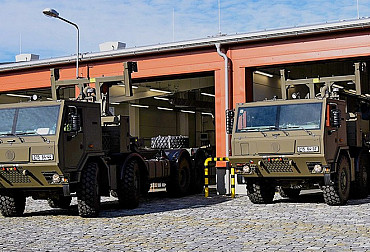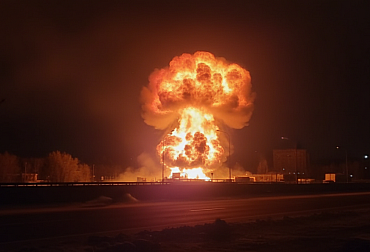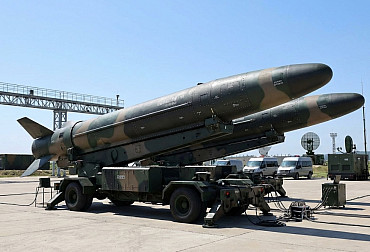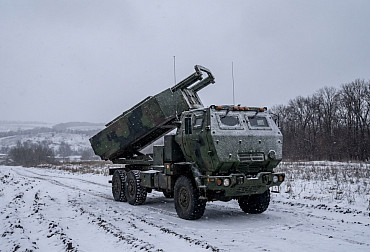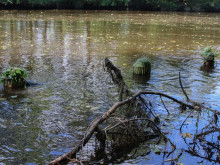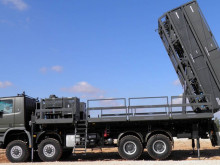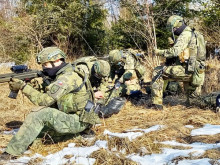In Spain the Czech pilots played an unconventional role of the enemy
At the end of September and the beginning of October, the TLP (TACTICAL LEADERSHIP PROGRAMME) international exercise took place, which is currently one of the most comprehensive exercises in Europe. Members of the 21st Tactical Air Base Čáslav participated in this prestigious course for the first time in six years. Approximately 30 flying and technical personnel and a trio of L-159 ALCA aircraft from the 212th Tactical and 213th Training Squadrons flew to Spain.
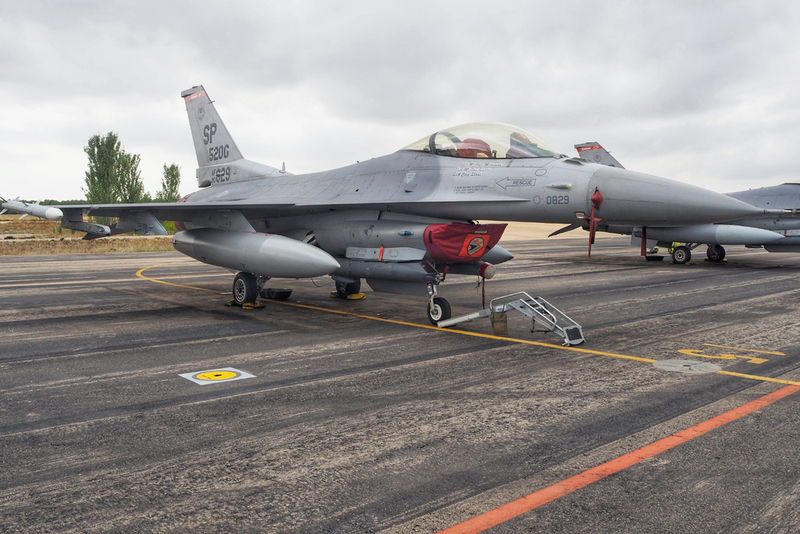 Picture: In late September and early October, one of the most comprehensive international air exercises in Europe, the Tactical Leadership Programme (TLP), took place. Pictured here is a US F-16 aircraft on a stand. | Ministry of Defence of the Czech Republic
Picture: In late September and early October, one of the most comprehensive international air exercises in Europe, the Tactical Leadership Programme (TLP), took place. Pictured here is a US F-16 aircraft on a stand. | Ministry of Defence of the Czech Republic
Approximately 50 aircraft, special forces and ground air defence units from nearly every NATO country participated in the exercise. The course was conducted for BLUE AIR (NATO units i.e. from Spain, Germany, Italy, USA and France) who need opponents - RED AIR - for quality and realistic training. RED AIR units were "simulated" not only by aircraft and pilots of the above mentioned squadrons from Čáslav, but also from Spain, France and Germany. RED AIR flew 99% of the Air-to-Air missions in the exercise, i.e. air targets for BLUE AIR, who had a much more complex task and had to protect their units. In addition, a German Learjet 35A jammer flew with RED AIR, jamming radars, communications and making things difficult for the enemy.
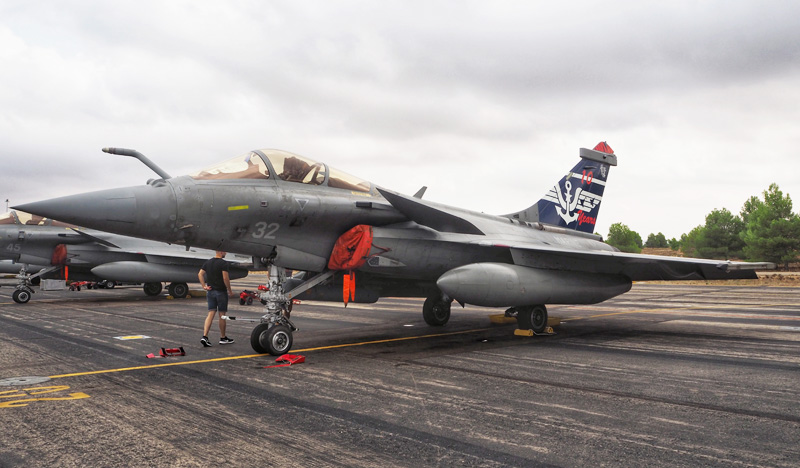 Picture: France was represented by Dassault Rafale fighter aircraft | Ministry of Defence of the Czech Republic
Picture: France was represented by Dassault Rafale fighter aircraft | Ministry of Defence of the Czech Republic
The main objective of the exercise was to plan, direct, and execute RED AIR operations with emphasis on practicing and coordinating BVR (beyond visual range) and WVR (visual air combat) tactics, techniques and procedures for employing ground and air force units, and command and control elements, including the integration of the deployment of these elements.
The Čáslav pilots took off from LOS Llanos, located approximately 6 km south of the city of Albacete, and primarily operated in the airspace of southern Spain, about the size of the Czech Republic, and over the Mediterranean Sea. For this reason, the pilots had to use special equipment such as neoprene waterproof insulating clothing to prevent the pilot from hypothermia in the event of a necessary abandonment of the aircraft and a fall into the water. Another unusual experience for pilots was flying over semi-desert landscapes where there are high mountains and at high altitudes. The base itself is at an altitude of 2300 ft, which is about 701 m, and temperatures in late September were in the mid-30s on the afternoon of take-off.
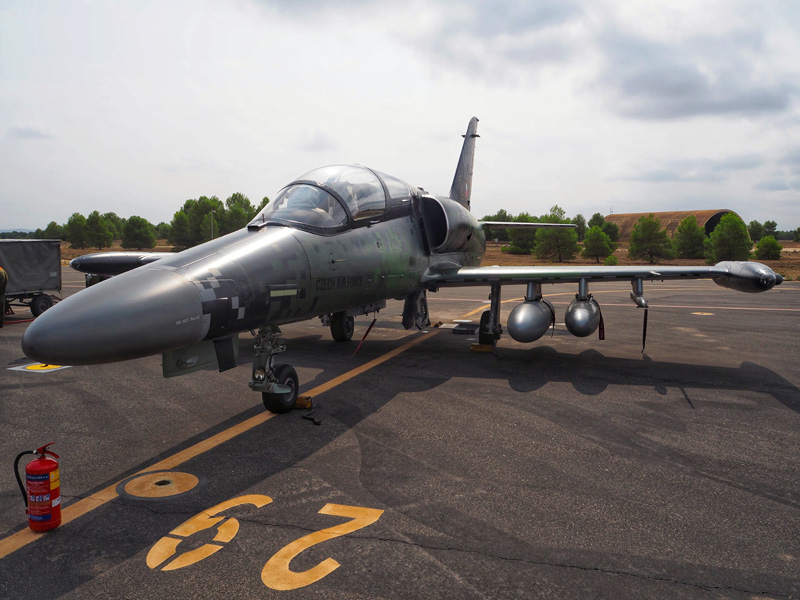 Picture: About 30 flying and technical personnel and a trio of L-159 ALCA aircraft (pictured) from the 212th Tactical and 213th Training Squadrons flew to Spain | Ministry of Defence of the Czech Republic
Picture: About 30 flying and technical personnel and a trio of L-159 ALCA aircraft (pictured) from the 212th Tactical and 213th Training Squadrons flew to Spain | Ministry of Defence of the Czech Republic
"The exercise was extremely useful for us, especially because we were able to see how the air forces of coalition partners operate, what modern weapons and aircraft they have, how they plan operations and cooperate with other units," said Lt. Col. Martin Pelda, commander of the 213th Training Squadron. He added: "This exercise is very high quality and professional for NATO countries and is a huge benefit for us."
 Picture: German Air Force deploys Eurofighter EF 2000 Typhoon | Ministry of Defence of the Czech Republic
Picture: German Air Force deploys Eurofighter EF 2000 Typhoon | Ministry of Defence of the Czech Republic
Members of the 214th Aircraft Repair Squadron also took part in the TLP exercise, especially for the purpose of providing more complex and demanding repairs to aviation equipment. During the exercise, our pilots conducted 22 sorties with a total of approximately 44 hours of flight time.
Pilots of the Air Force regularly participate in theoretical courses of TLP. However, they participated in the TLP flight course only twice. Once for RED AIR, in 2008, with JAS-39 Gripen aircraft and once for BLUE AIR, in 2014, with L-159 aircraft. Since then, NATO technology and equipment has made huge advances. With this comes the training, knowledge and experience of NATO pilots who use these technologies, modern aircraft and armament.
Over the 43 years of its existence, TLP has developed a highly professional training system and has been able to adapt tactics and training perfectly to the needs of today's modern warfare.











